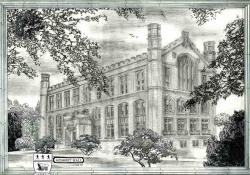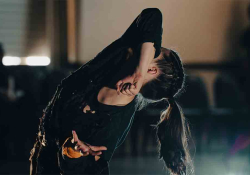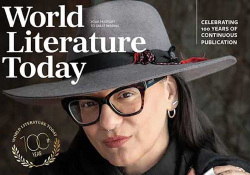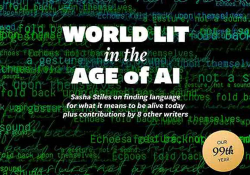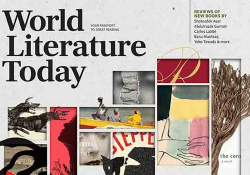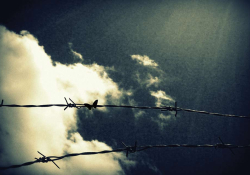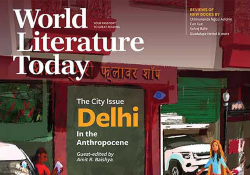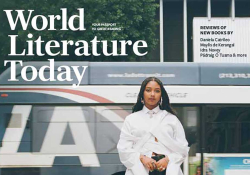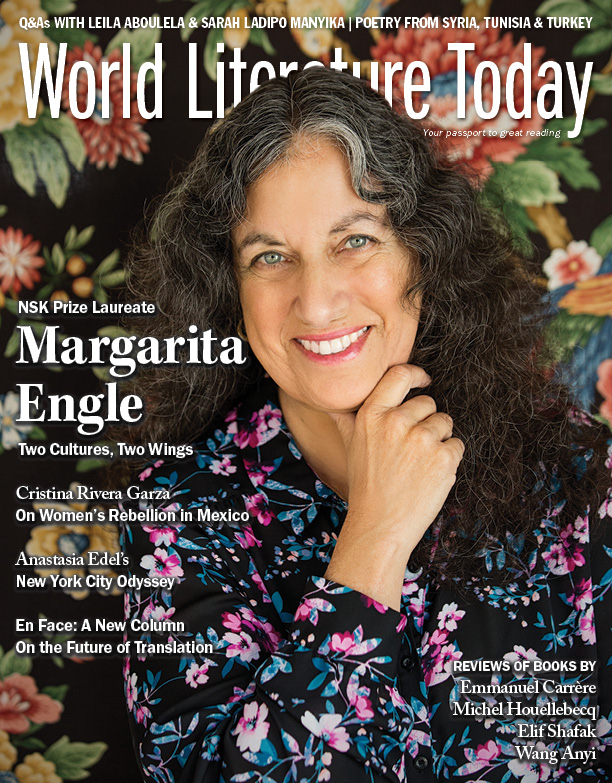Editor’s Note
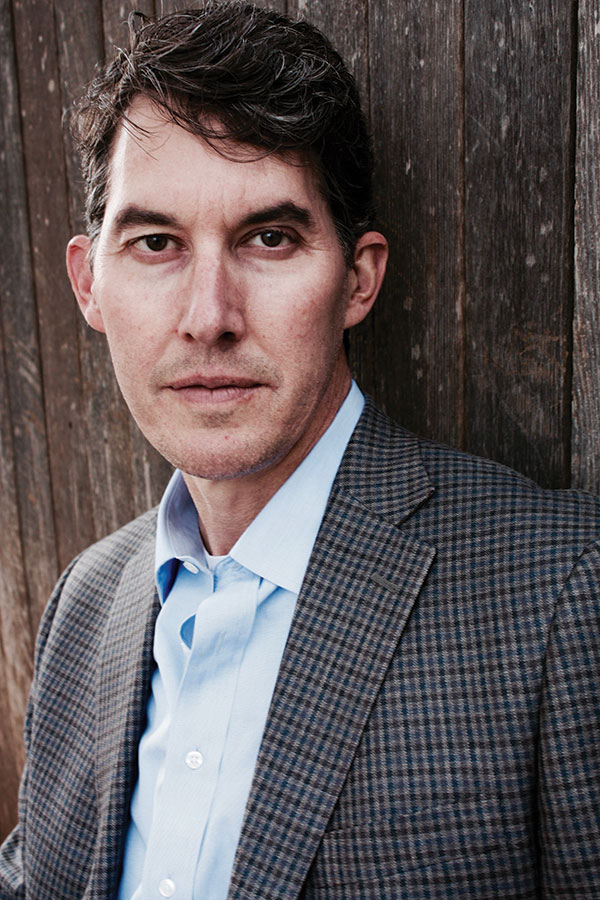 IN AN ESSAY that appeared in these pages forty-five years ago, Tomás Rivera wrote: “For me the literary experience [of Chicano literature] is one of total communion, an awesome awareness of the ‘other,’ of one’s potential self. I have come to recognize my ‘other’ in Chicano literature, but by this I do not mean to say that I find or reflect or faithfully render the Chicano experience. As a matter of fact, I would hope that what I write goes further. To claim that my own writing is representative of the Chicano experience is not my intention. Rather, I should like to focus on Chicano writing as a ritual of immortality, of awe in the face of the ‘other’—a ritual of the living, in a sense, a fiesta of the living” (“Chicano Literature: Fiesta of the Living,” Books Abroad, Summer 1975). Rivera, who received his PhD from the University of Oklahoma in 1969, had returned to his alma mater in fall 1974 to give the keynote talk at a symposium that featured papers by Arturo Madrid, Rolando Hinojosa, Frank Pino Jr., Luis Dávila, and Charles M. Tatum as well as a book display at the main library and an art exhibition featuring the work of San Antonio–based Con Safo artists Rudy Treviño, Felipe Reyes, and others. The Chicano Renaissance, known early on as El Movimiento, then in the early years of its emergence, would go on to inspire the work of generations of Latinx writers throughout the United States and beyond.
IN AN ESSAY that appeared in these pages forty-five years ago, Tomás Rivera wrote: “For me the literary experience [of Chicano literature] is one of total communion, an awesome awareness of the ‘other,’ of one’s potential self. I have come to recognize my ‘other’ in Chicano literature, but by this I do not mean to say that I find or reflect or faithfully render the Chicano experience. As a matter of fact, I would hope that what I write goes further. To claim that my own writing is representative of the Chicano experience is not my intention. Rather, I should like to focus on Chicano writing as a ritual of immortality, of awe in the face of the ‘other’—a ritual of the living, in a sense, a fiesta of the living” (“Chicano Literature: Fiesta of the Living,” Books Abroad, Summer 1975). Rivera, who received his PhD from the University of Oklahoma in 1969, had returned to his alma mater in fall 1974 to give the keynote talk at a symposium that featured papers by Arturo Madrid, Rolando Hinojosa, Frank Pino Jr., Luis Dávila, and Charles M. Tatum as well as a book display at the main library and an art exhibition featuring the work of San Antonio–based Con Safo artists Rudy Treviño, Felipe Reyes, and others. The Chicano Renaissance, known early on as El Movimiento, then in the early years of its emergence, would go on to inspire the work of generations of Latinx writers throughout the United States and beyond.
For Margarita Engle, who spent her formative years in LA and Berkeley—and whose work we celebrate in the cover feature—the movimiento of the 1960s and ’70s had a formative influence on her decision to become a writer. In the late 1970s, while serving as the first female professor of agronomy at Cal Poly, Pomona, Engle began working toward a PhD in botany at the University of California, Riverside, but then enrolled in a life-changing creative writing seminar taught by Tomás Rivera. For years Engle had been writing poetry and short stories inspired by Cuban culture, history, and nature, sparked by visits to the island to meet her mother’s side of the family in the 1950s. Following three decades of Cold War hostilities, Engle finally began returning to Cuba in the 1990s and wrote her first adult novel, Singing to Cuba (1993), before becoming a master of the verse novel form for young adults in such acclaimed works as The Surrender Tree (2008) and Enchanted Air (2015).
While the Chicano Renaissance has mostly been perceived through the lens of the Mexican American experience, in recent years RC Davis-Undiano and others have begun to emphasize the historical and cultural setting of the Americas as the appropriate hemispheric backdrop for understanding the Latinx community. Engle’s work is an important addition to that broader understanding of the importance of the Caribbean and Latin America in understanding the “buried mirror,” to draw on Carlos Fuentes’s term, that reflects the Americas back to itself. Not only are we constituted by the gaze of the other, but our “ritual[s] of immortality, of awe in the face of the ‘other’” contribute to our understanding of the increasingly hybrid nature of twenty-first-century identities.
“Chicano literature,” said Rivera in that same 1974 talk, “should, by drawing upon cultural origins, provide a perception of the world, of people, of oneself in awe of one’s own life and its perplexities, its complexities and its beauty.” As Rivera’s heir, Margarita Engle offers an awe-filled vision of life’s beauty as well as a beacon of hope to her readers everywhere.
Daniel Simon
